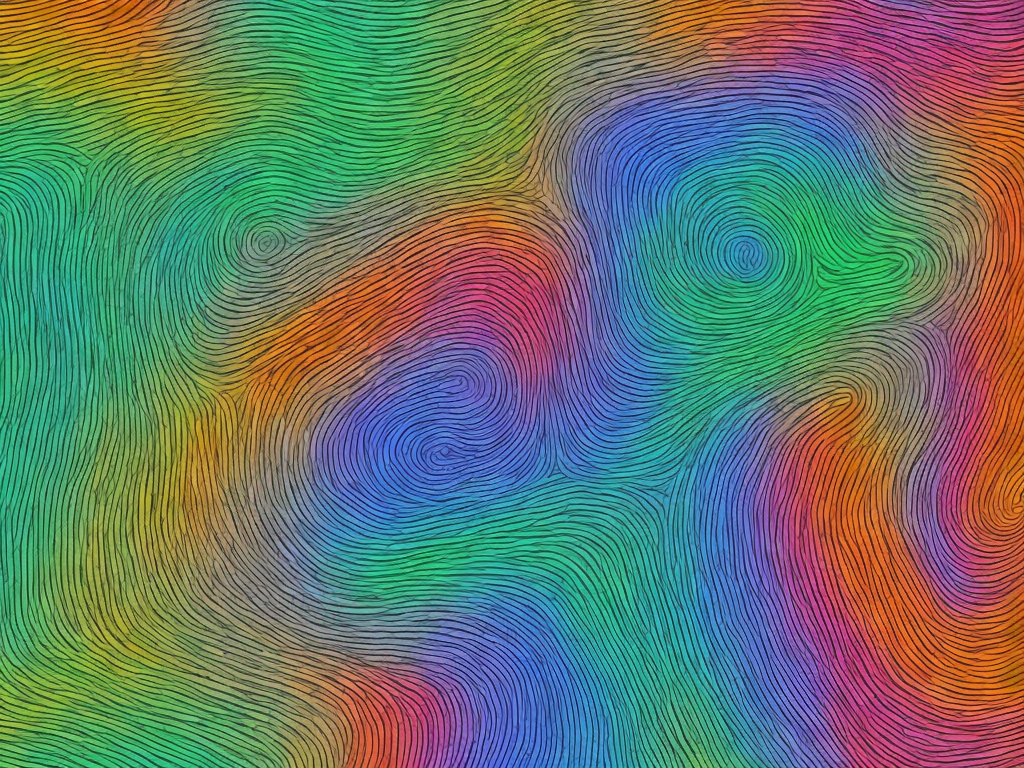
Waves are an integral part of our daily lives and interact with the world around us in many ways. They are characterized by their amplitude, frequency, and wavelength. Waves exist in two basic forms: transverse waves and longitudinal waves. Understanding the differences between these two forms of waves is crucial to the study of physics and the phenomenon that accompanies it.
Transverse waves are a type of wave that propagates perpendicular to the direction of the wave, while longitudinal waves travel parallel to their direction of travel. This fundamental difference in direction creates unique characteristics and behaviors that differentiate transverse and longitudinal waves.
Transverse waves are illustrated by a motion that is perpendicular to the direction of propagation. They are observed in a wide range of phenomena, including electromagnetic radiation, light traveling through space, and sound traveling through a solid. A common example of a transverse wave is a wave traveling across the surface of a pond. As you throw a rock into a pond, waves spread out from the epicenter of impact in all directions. These waves carry energy and travel far from the origin.
Transverse waves are typically characterized by their wavelength, frequency, and amplitude. Wavelength is the distance between two consecutive crests of a wave, while frequency measures the number of waves that pass a fixed point per second. Amplitude is the maximum displacement of any point on the wave from its undisturbed position. These parameters can be used to describe the energy and characteristics of a wave, such as its intensity and speed.
Longitudinal waves, on the other hand, have a distinct motion that is parallel to the direction of travel. They are observed in a variety of phenomena, including sound traveling through air, seismic waves produced by earthquakes, and electromagnetic waves propagating through a vacuum. While they don’t have a physical wave crest or trough, they do involve a series of tightly compressed and rarified regions that propagate through a medium.
One common example of a longitudinal wave is a sound wave. As sound travels through the air, it creates areas of compression and rarefaction that travel from the source of the sound to your ears. When the air molecules are compressed, the sound wave produces a peak, and when they are rarefied, it creates a trough. This in turn is why we hear sound as we do.
The characteristics of a longitudinal wave can be described using the same parameters as a transverse wave. However, the key difference is the way in which these parameters are observed. For example, the wavelength of a sound wave is different from that of a transverse wave, given that there is no separation between a crest and a trough.
Another difference between transverse and longitudinal waves is the way they interact with their surrounding environment. Transverse waves are known to spread out in all directions and do not require a medium to travel through. They can move across space, which is a vacuum, and travel through solid objects, such as glass or metal.
In contrast, longitudinal waves require a medium to propagate through. This is because the wave’s movement is caused by the compression and rarefaction of the medium the wave travels through. This compression and rarefaction are what carry the energy of the wave onward. Without a medium, there is no such compression and rarefaction that can allow the wave to propagate.
Furthermore, transverse waves demonstrate the Principle of Superposition. This effect happens when two separate waves of the same waveform intersect one another, combining to form a single wave with a larger amplitude. A classic example of this is when many waves traveling across a pond interact and add up to create a much bigger wave when they finally crash into one another.
On the other hand, the Principle of Superposition does not apply to longitudinal waves. In fact, two waves of the same frequency and amplitude can cancel each other out if their compression and rarefaction regions hit each other while in the exact opposite phase. This is known as interference, and this effect is vital in creating antinodes and nodes in a standing wave.
In summary, the difference between transverse and longitudinal waves lies in the direction of wave propagation. Transverse waves travel perpendicular to their wave polarity, while longitudinal waves travel parallel to their wave polarity. Both waves have unique characteristics that make them well-suited for different applications.
For example, transverse waves are ideal for transmitting signals over long distances, such as with radio waves, as they can carry energy across a vacuum. Meanwhile, longitudinal waves are valuable for studying the mechanics of the human body, given that sound waves can travel through dense tissue.
The science of waves is a fascinating field that is fundamental to our understanding of the world around us. From the way we hear and see to the light that washes over us, this complex physical phenomenon is ever relevant and continues to be explored and utilized to this day.
 Self-Instruct
Self-Instruct